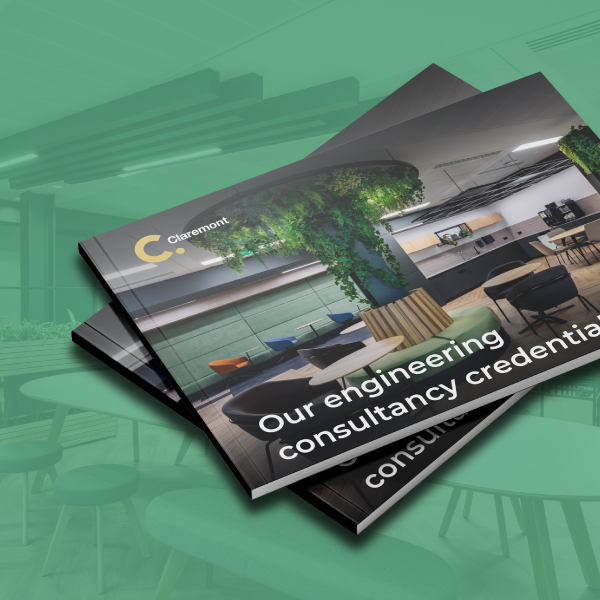
The 7 factors of shaping employee experience
Date
18 December 2023
Read length
5 min
Keeping hold of talent has been one of the biggest business challenges of 2023, and it shows no signs of changing as we head towards a new year.
Over 2/3[1] of global employees are not engaged at work – a staggering fact costing employers talent, productivity, loyalty, creativity and profits.
One of the answers to this challenge lies in creating positive employee experiences that make people feel supported, valued, happy, healthy, productive and, crucially, loyal.
We know that 84%[2] of employees expect the office to deliver an experience rather than just being a place to complete tasks – a fact that almost certainly stems from the marked increase in hybrid working in the last few years. Employees need workspaces to let them experience the feelings and facilities they can’t get working remotely.
But, shaping the employee experience requires a meticulous and considered process. You can only create positive employee experiences if you know where people find satisfaction and joy and what causes frustration. We’ve amassed a wealth of insights in this area after decades of consulting with organisations and their people as part of office refurbishment, office interior design and fit-out, and office relocation projects.
So, what are the critical components of employee experience?
Here are our seven top ways to create compelling employee experiences in the workplace:
- Consult regularly with your people – Don’t assume you have all the answers about your employees’ needs. Claremont’s workplace consultancy process uses studies, interviews, surveys and observation exercises to engage with employees and understand their current opinions (likes and dislikes) and future possibilities (wants and needs). Workplace consultancy also considers which facilities perform well, which are lacking and where changes could deliver positive returns. Data collected from the process can inform future workplace strategy and interior design changes. So, if frustrations with technology or a lack of collaboration spaces are proving frustrating, you need to know. This process also helps employees feel listened to and understood, creating a stronger sense of ownership and pride when new workspaces are unveiled
- Allowance for continuous improvement – Workplaces aren’t static, and neither are workforces. There will be a natural flux in how both perform, but to ensure the best employee experiences, it’s essential to keep striving for more. Encourage regular staff feedback, conduct annual surveys and monitor how facilities work so you can benchmark performance and keep the employee experience evolving and improving.
- Think quality – Don’t scrimp; ensure workplace experiences are quality, whether guaranteeing good coffee, well-supported technology or investment in wellbeing programmes. Quality experiences make employees feel valued. They are also more memorable and sharable, which means your workforce will likely talk up your business to family, friends, clients and potential recruits.
- Offer concierge support instead of people searching for help – A positive employee experience is frictionless. Make the workplace experience intuitive and easily accessible so employees can thrive. This is especially important as many employees are now not permanently office-based and are less familiar with their surroundings and the available facilities. Where extra support is needed, perhaps an IT query, deliver it in a ‘hotel concierge’ style to show employees you value their time and are equipped to help.
- Strive for balance – Workplaces are more than just places of work. They also need to support socialisation, learning and wellbeing. Strike a balance and ensure the workplace supports people’s holistic needs by creating inspiring and choice-rich workspaces with a variety of well-designed and well-equipped amenities.
- Match reality – Grandiose statements about the quality of an organisation’s environment or workplace culture must match reality. When they don’t, they have a detrimental effect on the employee experience.
- Ensure inclusion – Whether related to health, gender, race, or religion, diversity in the workplace is hugely valuable to society and business. Employees want to have their needs met and know that all colleagues are similarly respected and supported. Inclusion can be improved through office interior design by giving menopausal women or breastfeeding mothers access to private rooms, creating dedicated prayer spaces, designating quiet and tech-free zones for those with neurodivergent needs and using clear wayfinding tools for those with visual impairments.
Today’s workforces are empowered. They want to work for businesses that value them and make them feel supported. Employers who use the workplace to curate positive employee experiences will reap the rewards with highly productive, engaged, loyal, and motivated employees.
Contact us here if you need Claremont’s help understanding your employees’ needs before an office interior design and fit-out project. To learn more about the trends shaping office interior design as we move into 2024, download a copy of our latest Insight Report here.
References:
[1] Data from Gallup’s State of the Global Workforce Report 2022 as quoted here: https://www.gallup.com/workplace/236366/right-culture-not-employee-satisfaction.aspx
[2] Data taken from Claremont’s The Workplace Oooh study in 2023
See how we could help with your new office interior design or office design and build project here
Get in touch
We love nothing better than talking all things workplace and design – got a question, potential project or just need some guidance?
Drop us a note…




